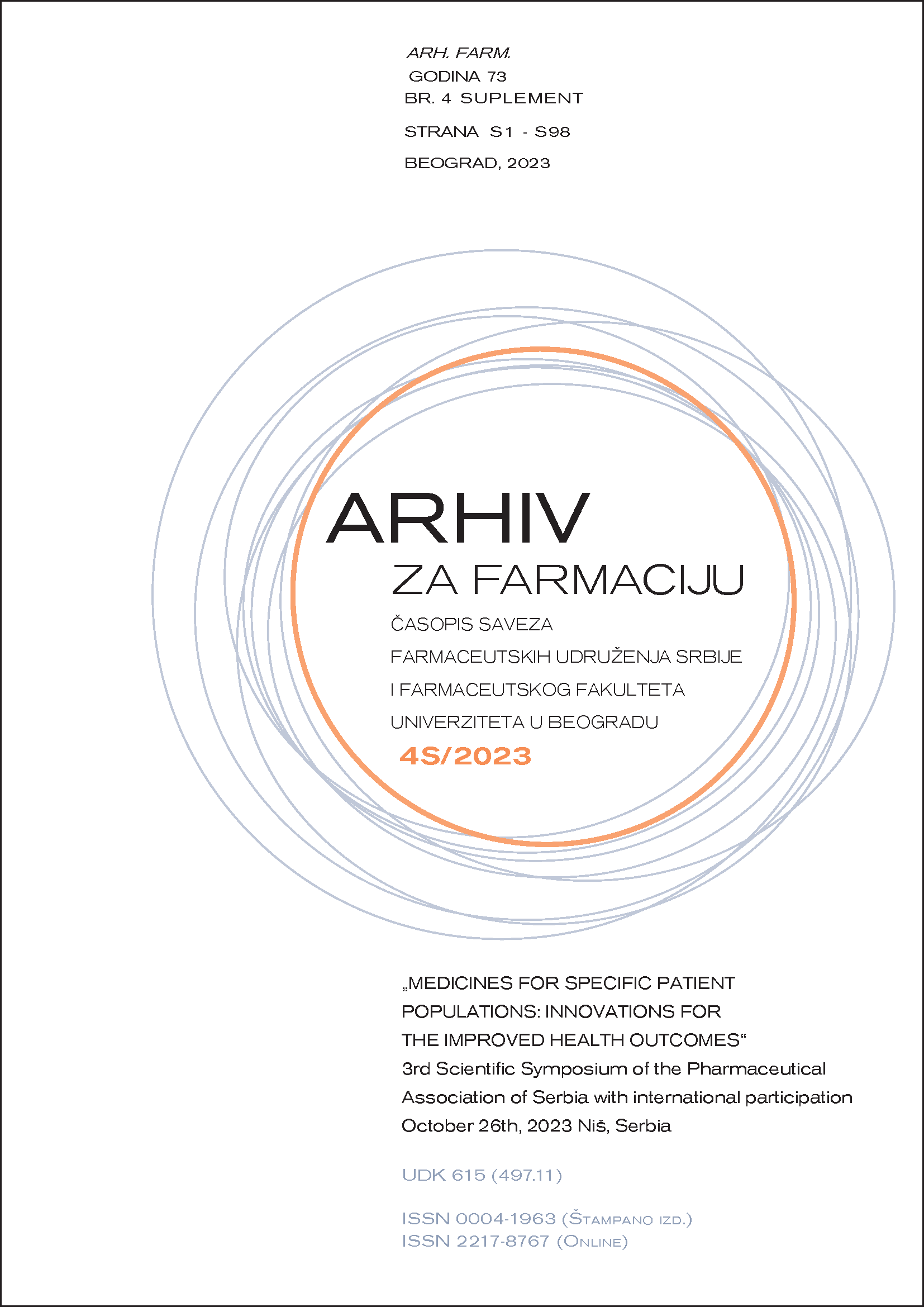THE ROLE OF ANGIOTENSIN II IN SEPTIC SHOCK
Abstract
Sepsis represents a severe organic organ dysfunction, caused by an inadequate response of the host to infection. The most common cause of sepsis is bacterial infection. If left untreated, it can progress to septic shock, multiorgan dysfunction, and ultimately, death (1). Treating septic shock often necessitates high doses of catecholamines over an extended period. Excessive catecholamine use increases mortality rates in intensive care units and can lead to various side effects, including peripheral ischemia, acute myocardial infarction, arrhythmias, heightened oxygen consumption, and hyperglycemia. Incorporating a vasopressor with a different mechanism can help maintain mean arterial pressure and reduce catecholamine side effects (2). Angiotensin II is the main product of the renin-angiotensin-aldosterone system, a complex hormonal system that plays a significant role in blood pressure regulation. It has a strong vasoconstrictor effect, narrows the arteries and veins, which leads to an increase in blood pressure, and acts indirectly through aldosterone. Studies show that angiotensin II administration may be beneficial in septic shock. However, there are very few studies that have investigated the role of angiotensin II, not providing convincing evidence, therefore its application is currently limited. The results of studies indicate that angiotensin II effectively increases mean arterial pressure, is a safe vasopressor, shows a catecholamine-sparing effect, reduces norepinephrine doses, and thus their potential side effects (3). New research is needed to address questions about angiotensin II, including its optimal dosing and side effects.
References
1. Martin GS. Sepsis, severe sepsis and septic shock: changes in incidence, pathogens and outcomes. Expert Rev Anti Infect Ther. 2012 Jun;10(6):701-6.
2. Jadhav AP, Sadaka FG. Angiotensin II in septic shock. Am J Emerg Med. 2019 Jun;37(6):1169-1174.
3. Chawla LS, Busse L, Brasha-Mitchell E, Davison D, Honiq J, Alotaibi Z. et al. Intravenous angiotensin II for the treatment of high-output shock (ATHOS trial): a pilot study. Crit Care. 2014 Oct 6;18(5):534.

